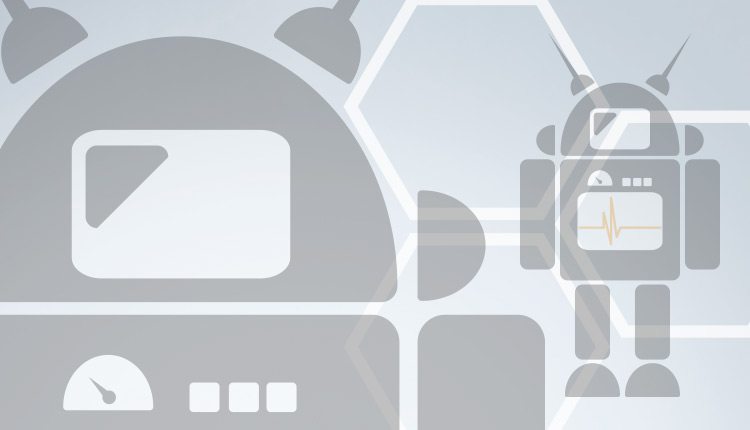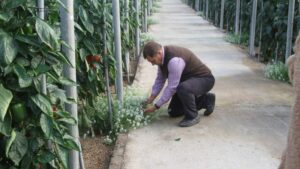Artificial intelligence is an increasingly popular tool in the agricultural sector. Discover what one company is doing to make the technology more accessible for growers.
Mention the term artificial intelligence and it usually conjures up memories of HAL from 2001: A Space Odyssey or R2-D2 from Star Wars.
Artificial intelligence, though, is becoming an increasingly popular tool. It’s used on farm operations for monitoring soil moisture and managing crop quality to operating automated irrigation systems.
In layman’s terms, artificial intelligence, or AI, is the use of computational models to replicate some aspects of human intelligence and problem solving.
Vasant Honovar, a professor at Pennsylvania State University’s College of Information Sciences and Technology, says the use of artificial intelligence in agriculture is not new. AI, he says, has been in use since the adoption of precision ag methods nearly 20 years ago.
What’s different now, he explains, is there are far more ways of compiling the data needed for machine learning applications than ever before, and the cost of gathering that information has become more affordable.
“This relatively recent phenomenon of advances in sensors and computing technology makes it increasingly possible to assemble and analyze these massive data sets. That’s a game-changer,” says Honovar, a member of Penn State’s artificial intelligence research lab. “Once you have these large data sets, you can use machine learning to try and make accurate predictions.”
Predicting the Future
One of the most popular uses of AI in agriculture is predicting pest and disease pressures. In Taiwan, AI technology is being used to combat oriental fruit flies.
ec2ce, a small company based in Seville, Spain, is a pioneer in the field of predictive AI technology for agriculture. It uses proprietary software analytics and numerical algorithms to analyze field data from individual farms to predict what will happen in the future.
Ricardo Arjona Antolin, ec2ce’s chief technology officer, says his company’s system is unique because it provides a complete methodology that can be adapted to the specific needs and characteristics of each of its customers’ operations and improve the overall performance of those operations.
In addition to being used as part of an integrated pest management system, ec2ce’s AI technology can create predictive scenarios for trading and hedging decisions, generating farm management simulators to optimize productivity and predictive scenarios to optimize commercial and logistical planning.
The company has completed several commercial projects including corn yield forecasts in 13 U.S. states, greenhouse pepper productivity forecasts in Spain and olive fly pest predictions in Spain and Portugal.
Antolin says AI predictive technology can be extremely accurate. ec2ce’s olive fly pest models were applied to more than 50,000 acres this year and had an accuracy rate of over 95 percent while anticipating the development of pests by up to four weeks.
“Right now, we can say that we are surpassing our customers’ expectations,” he says.
“Customers are really satisfied with the results of having such an accurate predictive tool, as they can make smarter decisions and anticipate the risk,” he says.
In addition to being highly accurate, Antolin says the system is scalable, meaning it can be easily customized for both large and small operations.
Although he declines to discuss specific costs, CEO Pedro Carrillo says the system is affordable. He says the cost of the system is far lower than the value of the benefits that it provides to users.
“Good decisions increase productivity and minimize the cost of inputs,” Carrillo says.
The company has been so successful to date that it is already planning for commercial expansion into the U.S. It recently closed a round of seed funding and expects to have a presence in the U.S. market in 2017.
Carrillo sees room for growth in the next few years. “We see the product evolving from predictive modeling to a decision tool and, in certain applications, as a base to automate decisions within greenhouses and trading,” he says.













